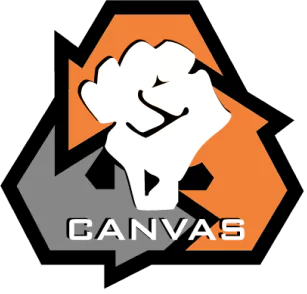Jan 11, 1912-1912
United States of America
MA Factory Workers Strike “for Bread and Roses”
Share
ACTIVISTS/ACT.GROUPS/DESCRIPTION OF THE GROUP
Everett Cotton Mills; International Workers of the World; Italian Socialist Federation
TARGET
Factory owners and local government
WIDELY HELD BELIEF
Workers should be entitled to safe working conditions and be paid fairly for their labor.
CASE NARRATIVE
Issue and Opponent: The issues at hand were low wages and unsafe working and living conditions in a textile factory in Massachusetts. The factory conditions were so dangerous that ⅓ of workers would die before 25. Due to technological advances, factories were being downsized and could offer lower wages due to more labor availability. Because of unsafe conditions, the Massachusetts authority reduced working hours for women from 56 to 54 hours a week. The opponents were mill owners in Lawrence.
Dilemma Action: The core belief of the dilemma action was that workers deserve living wages and better places to live. After the wage cut due to the change in labor laws, the “bread and roses” strike began. In the city of Lawrence, only counting 85,000 citizens, 20,000 workers went on strike, demanding a 15% wage increase and payment for overtime work. The majority of the mill workers were immigrant women, and the strike committee (organized by the IWW and Italian Socialist Federation) brought two members from each ethnic group that was striking to represent the strikers. Strikers broke into mill facilities and destroyed textile materials, slashing thread with knives and disassembling equipment. Windows were broken with bricks. During the strike, striking women gave speeches, assembled parades, and carried banners labeled “We want bread, and roses too” – concerning the demands of the strike: living wages, and better living conditions. The lose-lose of this action was either to respond negatively by acting violently towards the strike workers, continuing to offer low wages and continuing the strike, or meet the demands of the protestors and pay more than they were willing, and end the strike.
Outcomes: In response to the strike, a local militia policed the streets. This in turn caused a picket in front of the mill by the workers. Over a hundred workers were arrested due to the picket. The owner of one of the mills was revealed to have paid a man to plant sticks of dynamite in town to frame the strikers. On January 29th, strikers attacked a car of workers who didn’t honor the strike. The city also declared a state of martial law (public meetings were banned), and two IWW members were arrested for the death of a worker – whom other sources claim was killed by police). The IWW and the strikers were supported by funds donated throughout New England, allowing for soup kitchens and medical care to be provided for the strikers and their families. Also, they provided safe homes out of the city for the children of the strikers to stay out of the violence. One such attempt was stopped by the police, who attempted to get children off a train heading to Philadelphia and arrest the parents that were present. Mothers and children were detained and beaten. News of the strike became extremely popular throughout the country due to widespread newspaper coverage. As a result of the uproar, sitting president Taft called on his attorney general to investigate the strike, and Congress began a hearing on March 2nd. In this testimony, testimony of many mill workers describing brutal working conditions resulting in severe injury or death, and low pay, convinced the Mill owners to up the wages of the Lawrence workers by 15%, as well as an agreement for overtime pay. This led to the end of the strike. This dilemma action was part of a larger campaign by New England mill workers to call for better wages and living conditions for mill workers. The action took place in May 1912 and was followed in March by the striking of 275,000 textile workers in the region.
PRIMARY STRUGGLE/GOAL
NONVIOLENT TACTICS USED
DA TACTICS USED
Industry strike
CASE NARRATIVE WRITER
SUCCESS METRICS
9 / 12
(CONC) Concessions were made
(EREP) Dilemma action got replicated by other movements
(MC) Media Coverage
(MSYMP) Media coverage was sympathetic to the activists
(OR) Opponent response
(PS) Dilemma action built sympathy with the public
(PUN) Punishment favored the activists
(REFR) Dilemma action reframed the narrative of the opponent
(SA) Dilemma action appealed to a broad segment of the public
PART OF A LARGER CAMPAIGN
2 / 3
Encouraged more participants to join the movement
Internally replicated by the same movement
RESOURCES
Project documentation
Dilemma Actions Coding Guidebook
Case study documentation
Dilemma_Actions_Analysis_Dataset
SOURCES
Klein, Christopher. (2019). “The Strike that Shook America.” History, November 26. Retrieved July 14, 2023. (https://www.history.com/news/the-strike-that-shook-america).
Anon. N.d. “Bread and Roses Strike Begins.” Mass Movements. Retrieved July 14, 2023. (https://www.massmoments.org/moment-details/bread-and-roses-strike-begins.html).
Anon. N.d. “Bread and Roses Strike of 1912: Two Months in Lawrence, Massachusetts, that Changed Labor History.” Digital Public Library of America. Retrieved July 14, 2023. (https://dp.la/exhibitions/breadandroses).
Eclemens. 2012. “The Lawrence Textile Strike.” Walter P. Reuther Library, January 5. Retrieved July 14, 2023. (https://reuther.wayne.edu/node/8239).
Related cases
Sep 28, 2014-2014
Hong Kong
In 1997, the British transferred control of Hong Kong to China under a “one country, two systems” plan. Under this plan, a 50-year term of Chinese rule was...
/
Dec 1, 2013-2014
Ukraine
President Viktor Yanukovych served as the fourth president of Ukraine from 2010 – 2014. In 2013, he had initially promised the Ukrainian people he would work to ...
/
Dec 11, 2004-2004
Bangladesh
The opposition Awami League and fellow opposition party supporters were unhappy with the BNP-led coalition government because of unfair policies and corruption. The su...
/
Subscribe to our newsletters to get full access to all materials on our website.

